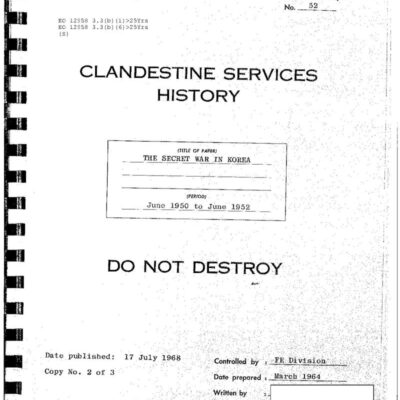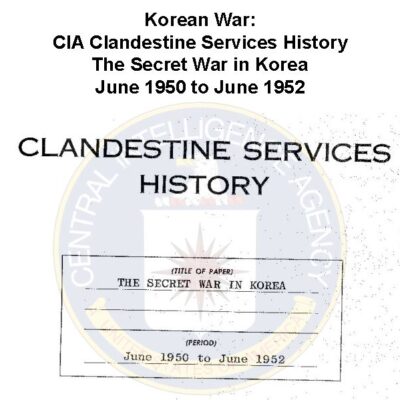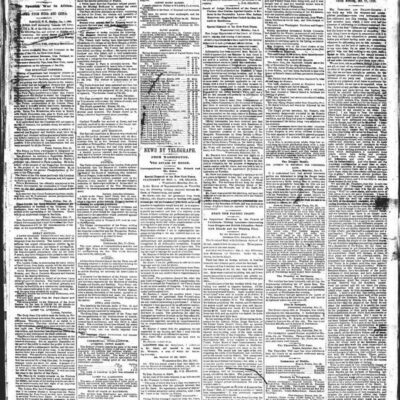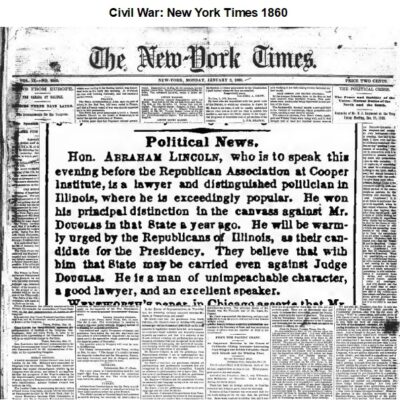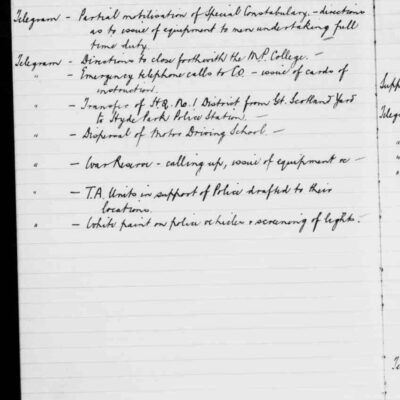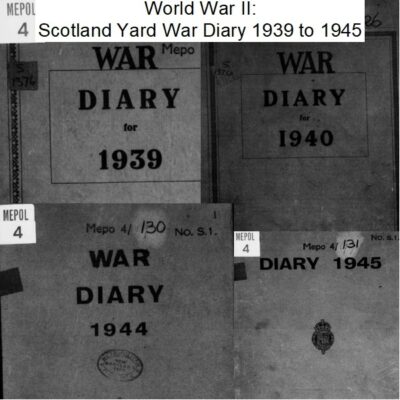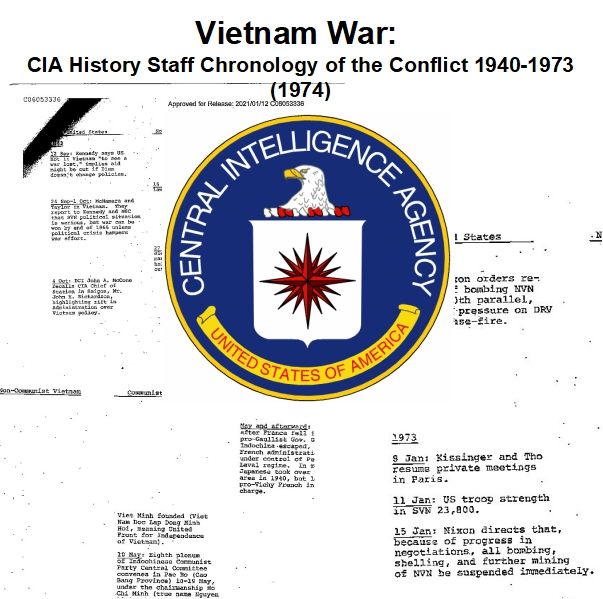
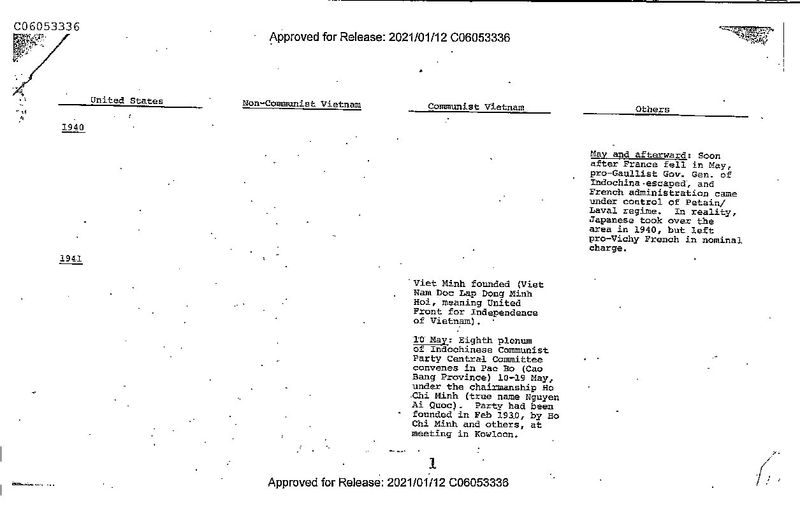
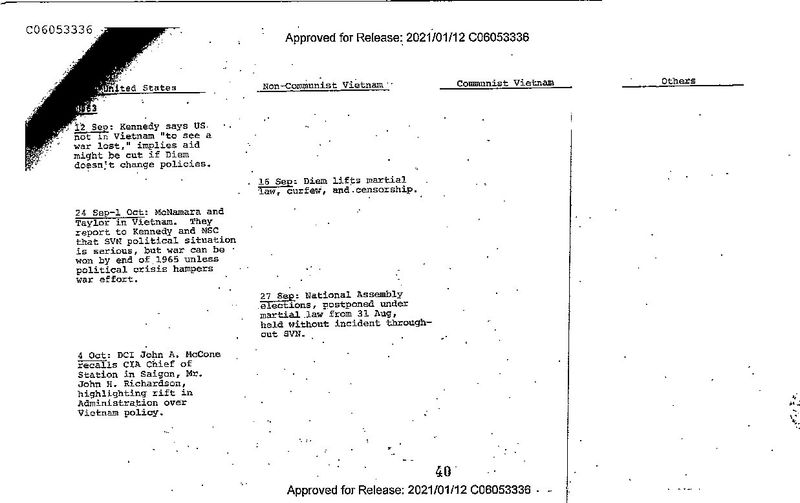
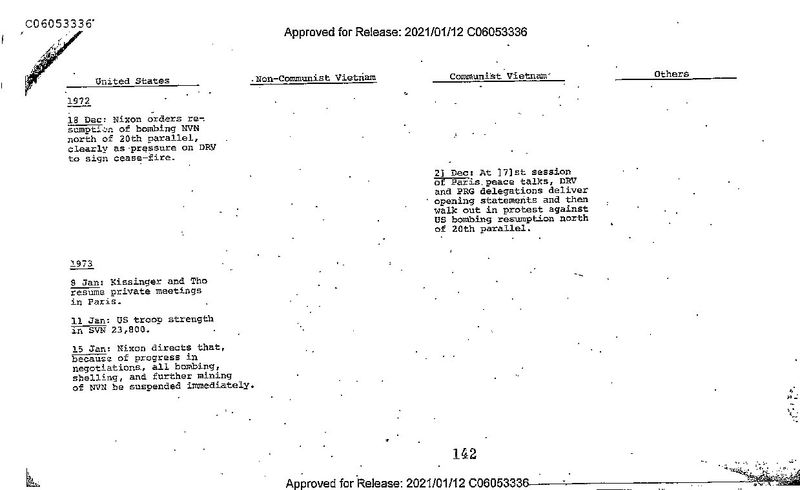
Vietnam War: CIA Chronology of the Conflict, 1940-1973 (1974)
$1.99
Description
The Central Intelligence Agency (CIA) produced a detailed timeline of the Vietnam War, spanning from 1940 to 1973, which remained classified for nearly 50 years. This 142-page document, initially titled “Vietnam: A Draft Chronology, 1940-1973,” wasn’t made publicly accessible until May 2021. The chronology’s unique structure organizes events into four distinct categories: United States actions, developments within Non-Communist Vietnam (South Vietnam), activities in Communist Vietnam (North Vietnam), and other relevant global occurrences.
The document’s opening entry, from 1940, describes the complex power dynamics in Indochina following France’s defeat in World War II. It notes that while the pro-Gaullist Governor-General initially escaped, the actual control of Indochina quickly shifted to the Japanese, despite the nominally pro-Vichy French administration remaining in place. This initial entry sets the stage for the multifaceted nature of the conflict, highlighting the involvement of multiple international actors beyond just the US and Vietnam.
The CIA’s direct involvement in the conflict first appears in the chronology on October 4th, 1963. This entry records the recall of the CIA’s Saigon station chief, John H. Richardson, by then-Director of Central Intelligence John A. McCone. This action reflects the internal disagreements within the US government regarding its Vietnam policy, indicating the early stages of significant US engagement and the growing internal tension surrounding the war’s direction.
Finally, the chronology concludes with two entries from January 1973, marking the end of major US military involvement. The first notes the relatively low number of US troops remaining in South Vietnam (22,000), signifying a significant drawdown of forces. The second entry records the signing of the Paris Peace Accords, a crucial event signifying a ceasefire agreement between the United States, South Vietnam, North Vietnam, and the Provisional Revolutionary Government (PRG) of South Vietnam. These final entries highlight the culmination of the conflict, showing the transition from significant US military presence to a negotiated peace, albeit one that ultimately failed to bring lasting stability to the region.
